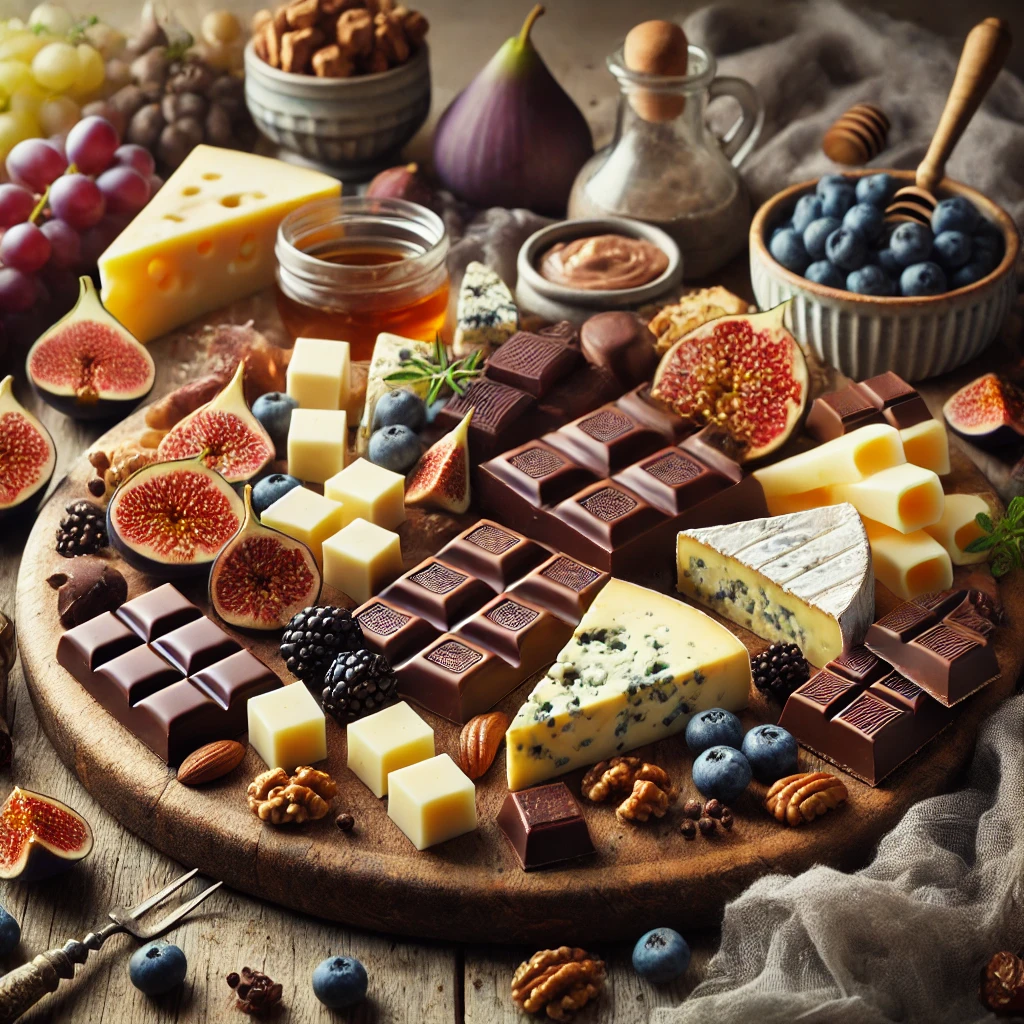
Think of the terms used to describe both chocolate and cheese: rich, bold, robust, nutty, and creamy.
Despite their apparent differences, these two culinary delights share over 73 flavour compounds, creating a scientific symphony that underpins their surprising compatibility.
This rich palette of shared flavours allows chocolate and cheese to complement each other in ways that can awaken your taste buds to a new level of enjoyment.
Embracing History and Evolution
The evolution of flavours is a fascinating journey. While we now associate chocolate with sweetness, its history reveals a different narrative.
Chocolate was once enjoyed as a savoury dish before its sweet transformation, and let’s not overlook the indulgent delight of cheesecake.
Such historical twists and turns remind us that culinary traditions often pave the way for innovative pairings, leading to unique and unexpected flavour experiences.
The Art and Science Behind the Pairing
Understanding why chocolate and cheese work so well together involves both art and science.
The shared flavour compounds provide a scientific foundation for their pairing. For example, Parmesan cheese, with its salty umami notes, pairs beautifully with the richness of dark chocolate.
Try pairing Parmesan with Guittard Etoile du Nord 64% dark chocolate for a flavour combination that's sure to impress.
Guidelines for a Flawless Pairing
Crafting the perfect chocolate and cheese pairing is more about finesse than complexity.
Here are some tips to guide your tasting adventure:
Portion Your Pairings: Chocolate can sometimes overpower cheese.
To balance the flavours, serve about twice as much cheese as chocolate.
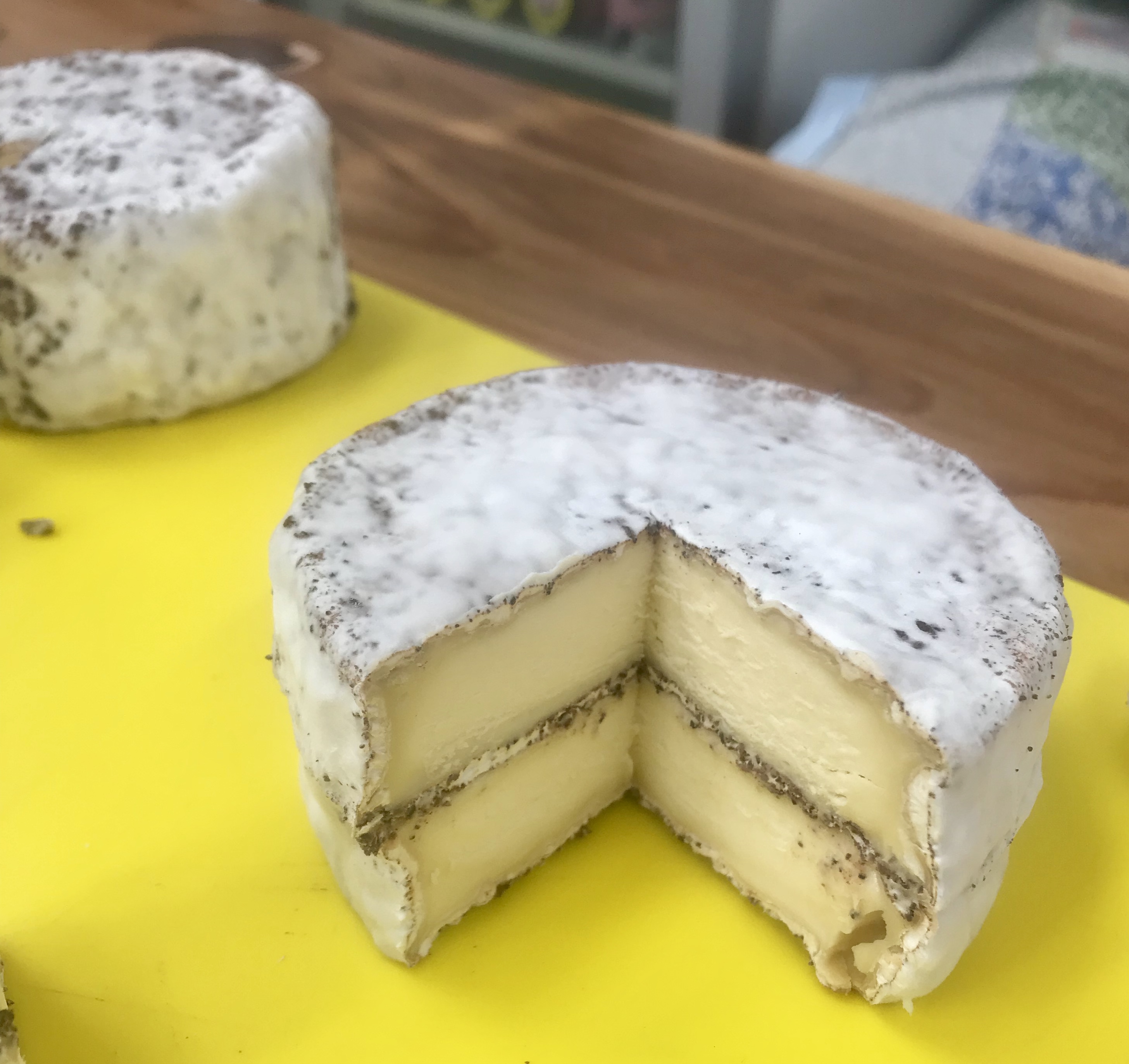 Quality Over Quantity: Focus on a few high-quality pairings—three to five combinations are ideal.
Quality Over Quantity: Focus on a few high-quality pairings—three to five combinations are ideal.
Quality will always surpass quantity.
Play with Styles: Experiment with different types of cheeses, from soft and mild to full-flavoured and hard, alongside various chocolates, including milk, white, and dark.
Remember, both chocolate and cheese are rich, so a little goes a long way.
Select Wisely: Choose chocolates from renowned chocolatiers and cheeses from reputable shops or delis.
Consider complementary textures and flavours to enhance your experience.
The Art of Tasting: A Sensory Symphony
Tasting chocolate and cheese involves engaging all your senses. Here’s how to maximise your experience:
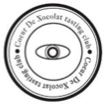 Look: Observe the cheese’s appearance, including its colour, rind, and texture.
Look: Observe the cheese’s appearance, including its colour, rind, and texture.
Quality chocolate should be shiny and glossy with clean edges.
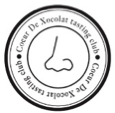
Smell: Take in the aromas. Chocolate can have a spectrum of scents, from caramel to coffee,
while cheese can offer a range from nutty to mouldy.
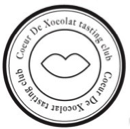 Taste: Note the density, texture, and mouthfeel.
Taste: Note the density, texture, and mouthfeel.
Good chocolate should melt smoothly, and quality cheese should provide a rich, pleasing experience.
Finish: Pay attention to how the flavours linger and evolve as you continue to enjoy the pairing.
Embrace the Discovery
Not every pairing will be perfect, but the exploration is part of the fun.
Take your ti
me to experiment with different combinations and make notes on what works best.
Host a chocolate and cheese event to share your passion with friends and guide them through a delightful journey of flavours.
Chocolate Styles and Cheese Companions
Various styles of chocolate, from dark and milk to those infused with dried fruits and spices, can offer new dimensions of flavour when paired with cheese.
Similarly, cheeses range from fresh and tangy to aged and pungent, providing endless creative opportunities for your tasting adventures.
